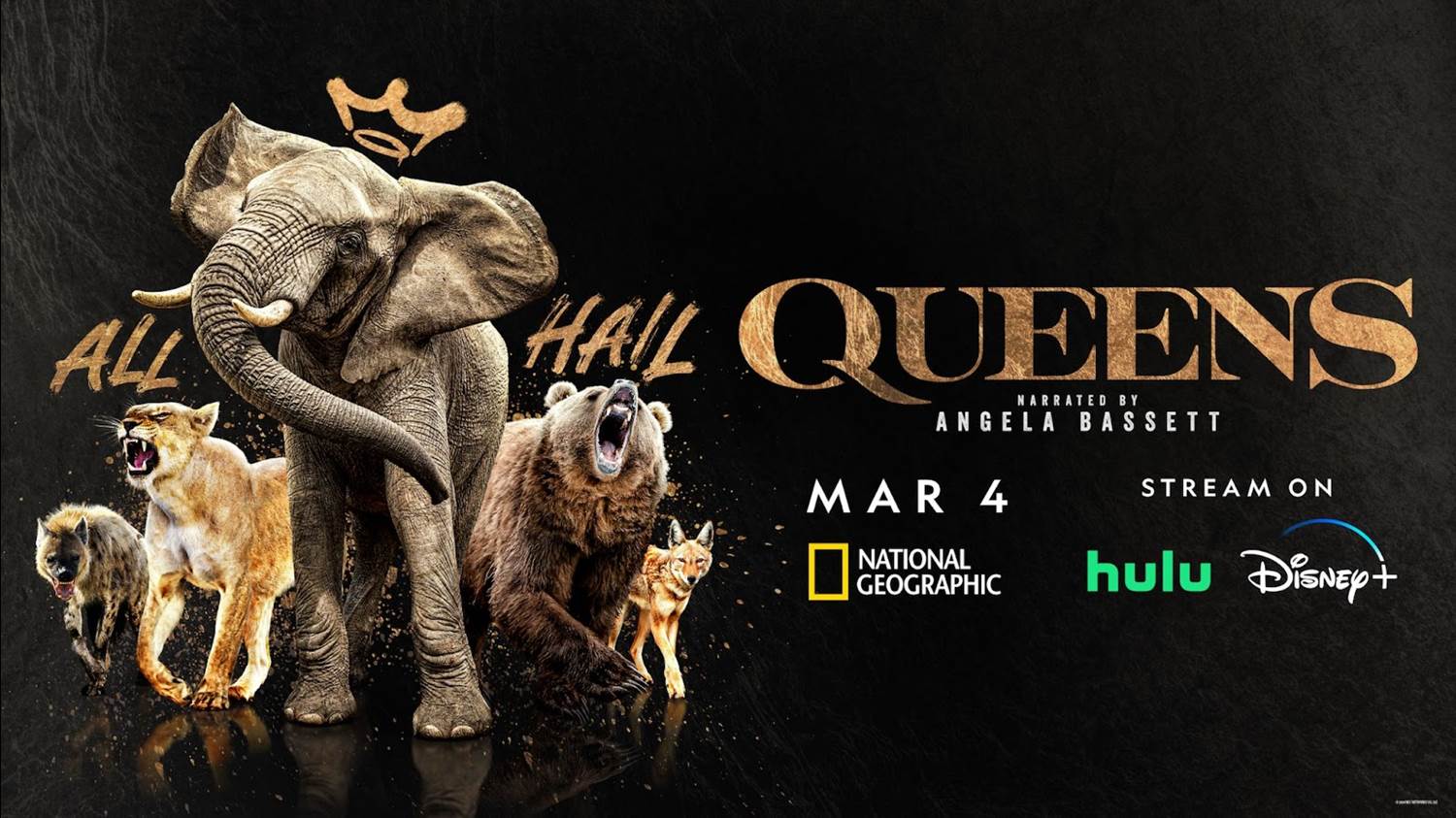TV Review: National Geographic’s “Queens” is a Visually Stunning Look at Female Leaders in the Animal Kingdom
Let’s talk about girl power. Back in 2019 National Geographic announced a groundbreaking filming project Queens was underway spearheaded by a female creative team and film crew. This project sent filmmakers into six regions of the world for shoots set to last at least 300 days. During this time the teams would follow animal groups lead by the species females and capture all of the glory and tragedy of nature.
Now, after years in the making, Queens (not to be confused with the single-season ABC drama starring Brandy and Eve) has been whittled down to just six episodes neatly packaged for audiences to consume in 45 minute chunks. Fortunately, and not surprisingly, the final product is an engaging masterpiece that’s edutainment at its finest.
Queens takes audiences on a tour of six incredible animal queendoms visiting the savannas, rainforests, and mountains of Africa, coastal regions of Alaska, as well as jungles of Central America. Over the course of 45 minutes (an hour with commercials), viewers will follow the story of 1 to 2 animal queens (grouped together by region) such as elephants, lions and hyenas, bees and ants, Bonobo apes, bears and Orca whales, and wolves and Gelada monkeys. A bonus episode “Behind the Queens" spends time with award-winning cinematographers Sophie Darlington and Justine Evans and four up-and-coming filmmakers who worked on the project.
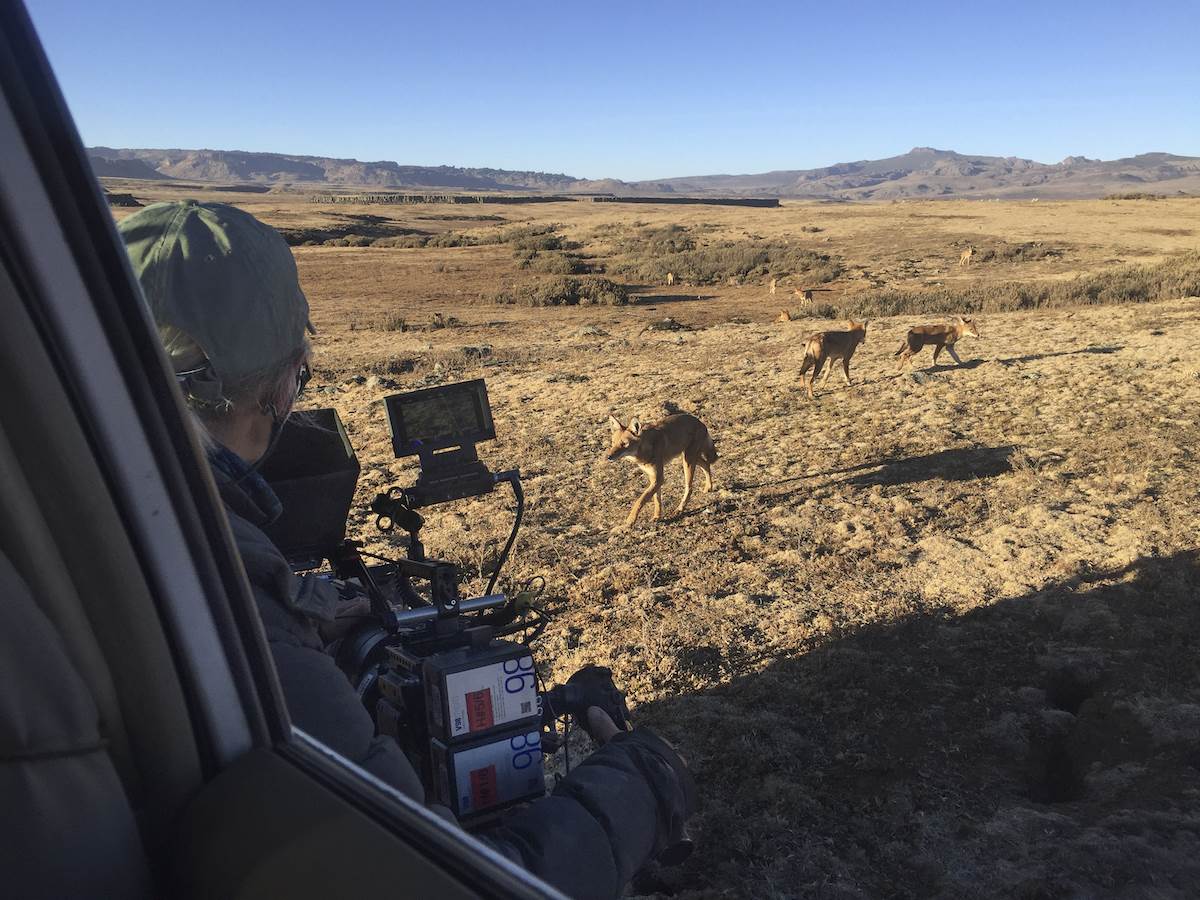
Queens Series Director of Photography, Sophie Darlington films Ethiopian wolves from a vehicle in the mountains of Ethiopia. (National Geographic for Disney/Jess Tombs)
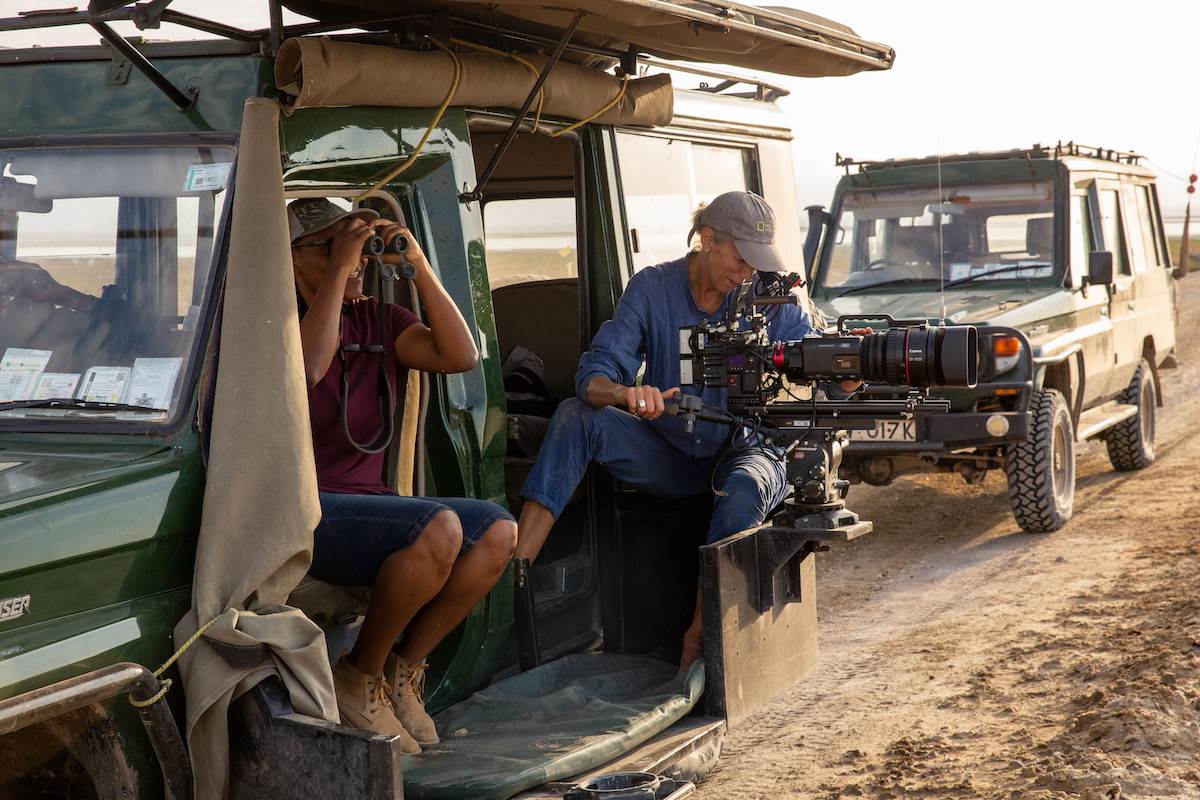
Series Director and Mentee Faith Musembi looks through binoculars as Queens SeriesDirector of Photography Sophie Darlington films from a vehicle. (National Geographicfor Disney/Rachael Kinley
If you’re familiar with National Geographic’s shows and nature documentaries, this series does little to present anything new in format or scope; but what it does deliver is a well done, bite-size, nature nugget with an interesting theme: female led groups.
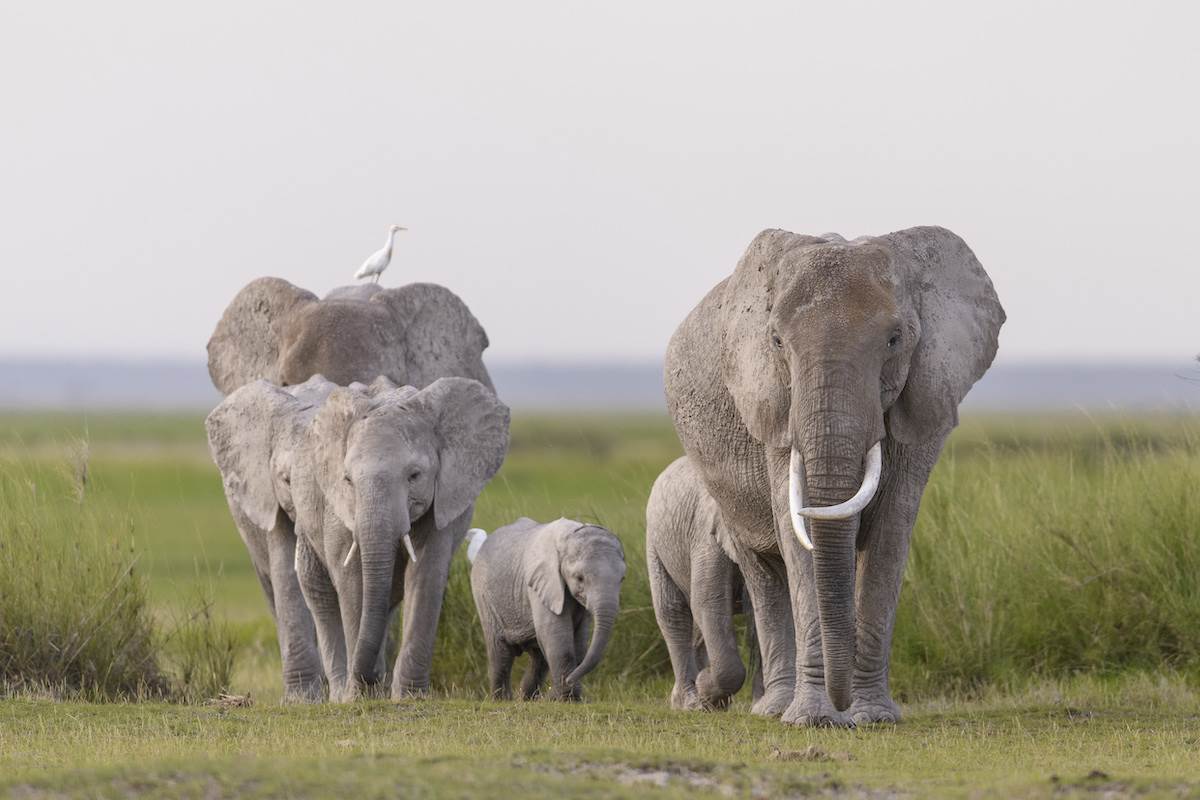
A herd of African elephants walks out of the long grass on their way to feed. (NationalGeographic for Disney/Oscar Dewhurst)
What’s most impressive about Queens are the sharp visuals that yield incredible imagery definition. A majority of the show features ground shots and gorgeous landscapes, but also utilizes stunning aerial and drone footage to provide scale. In the “African Queens" episode, thermal light cameras are used creating negative-like images that register body heat. The result is a very interesting nighttime segment that won’t soon be forgotten. But far and away my favorite was the “Tiny Jungle Queens" entry that followed an Orchid Bee and Leafcutter Ant into their miniature homes. For someone who shies away from insects, I found this to be a refreshing presentation that avoided the creepy crawly elements and instead focused on the beauty of their colonies.
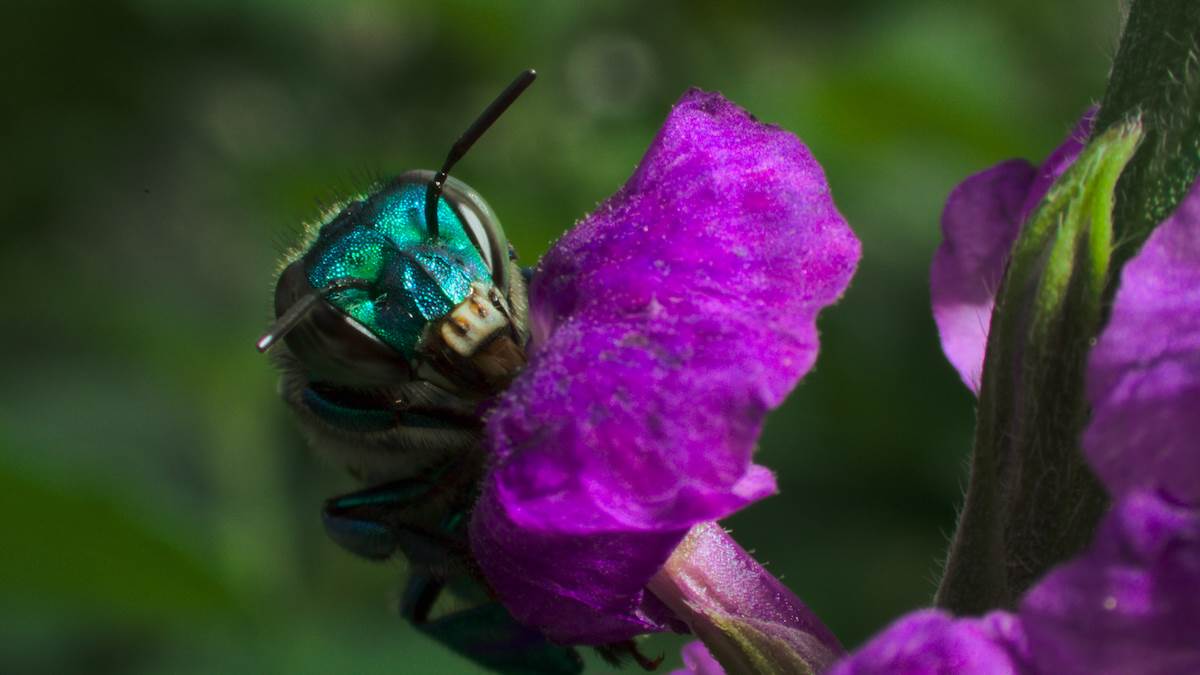
A female orchid bee collects nectar and from flowers.(National Geographic for Disney)
There are many moving parts working to bring Queens to life, but one that cannot be ignored are the stories crafted for each episode. Chloe Sarosh serves as showrunner and writer for the series and successfully draws the audience into these worlds with fascinating narratives constructed for the creatures. It also helps that the animals are given names which are used often, sometimes with an added qualifier like sister, mother, or daughter to remind us of who’s who.
For this limited series, National Geographic tapped the powerful and graceful Angela Bassett to narrate the show which is fitting since she’s no stranger to life as a queen…at least when it comes to the big screen. Audiences will recognize her as Ramonda, Queen of Wakanda —and mother to T’Challa and Shuri—from Black Panther and Black Panther: Wakanda Forever. Bassett (who also serves as an executive producer) is exceptional as the narrator offering the perfect inflection throughout and adding just enough seriousness or joy when the situation calls for it. Her deep, warm voice will hold your attention versus lulling you to sleep and viewers will hang on her every word.
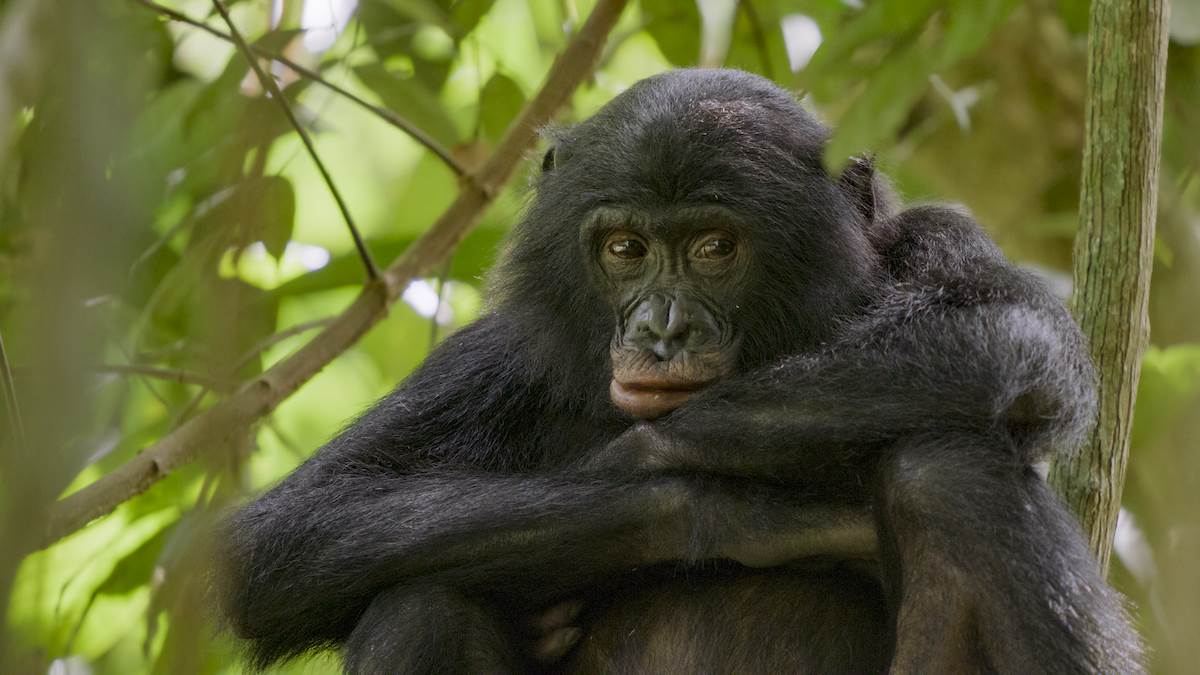
A portrait of a female bonobo. (National Geographic for Disney)
As for the soundtrack, Alewya provides the show’s opening theme, “Umi" (“woman") a serious, intense, song that feels more akin to a training montage than an animal documentary. However, the production is spot-on and the melodic blend of strings, winds, and percussion provide a great base for Alewya’s strong vocals. Additionally, Morgan Kibby provides original music and while I love the score and its use of drums, percussion, and vocalizing, the pop covers and “cool," “powerful queens" factor doesn’t work for me.
I get what NatGeo is going for, emphasizing female artists with original music and unique covers, but juxtaposing these selections in a nature documentary format feels disingenuous to both. If the goal is to get me to listen to the soundtrack on its own, then they’ve succeeded, but Queens unfortunately isn’t enhanced by its music selections. It feels like it’s trying too hard to drive the emotion of the story being told and only manages to detract from Bassett.
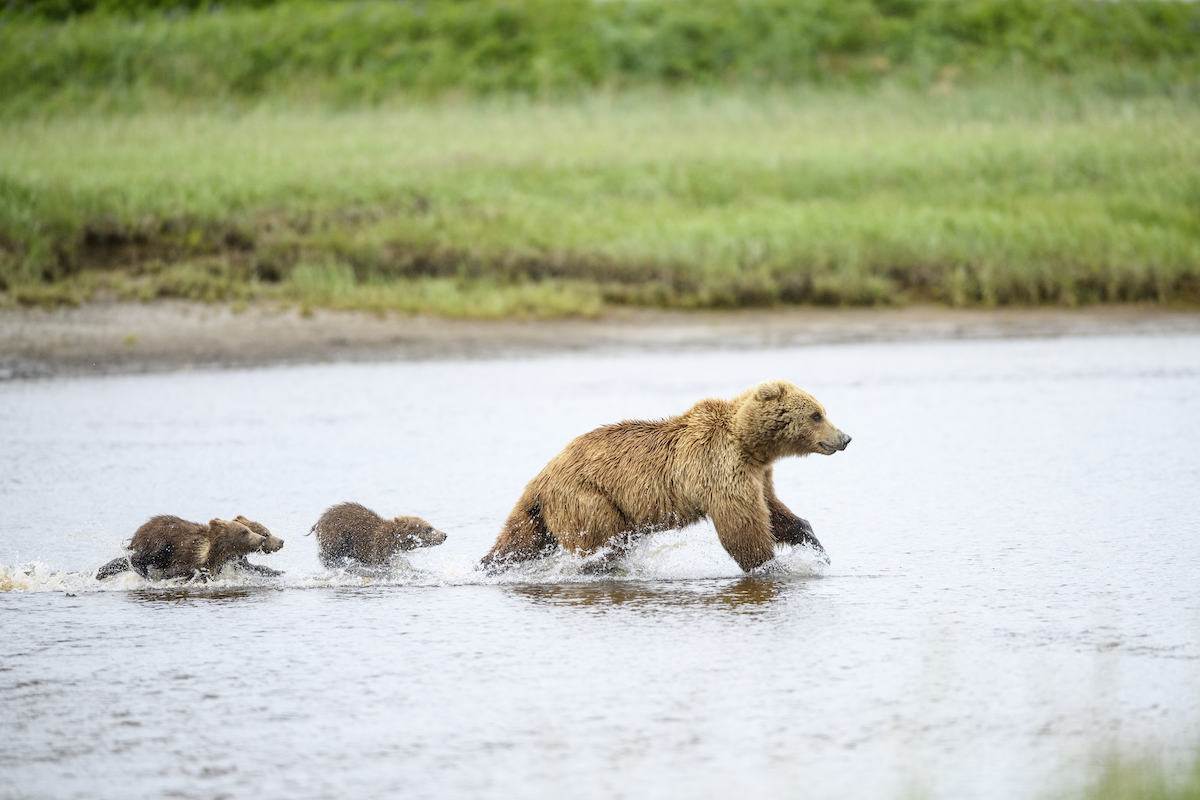
A female brown bear leads her cubs away from an approaching male as they run across a river channel in Alaska. (National Geographic for Disney/Oscar Dewhurst)
Queens is all about female leaders in the wild and the power that they wield, the sisterhoods they protect, and the sacrifices they make for their families. It’s an up-close look at the natural world that does touch on the climate crisis, poachers, endangered species, and expanding human populations but steers clear of being preachy, choosing instead to let the focus be on these incredible animals. Four years in the making and well worth the wait. All hail the Queens!
Queens debuts on National Geographic March 4, 2024 and streams next day on Hulu and Disney+.



